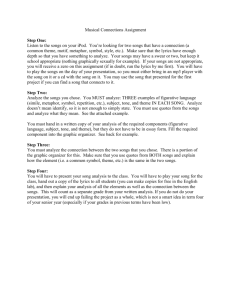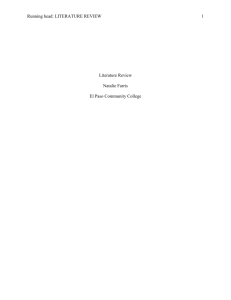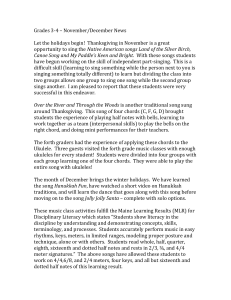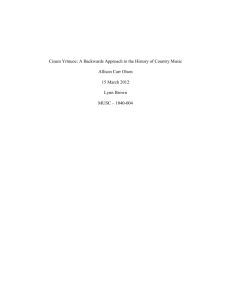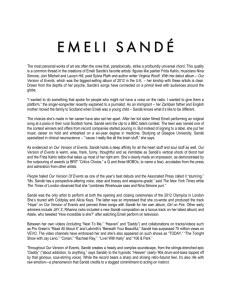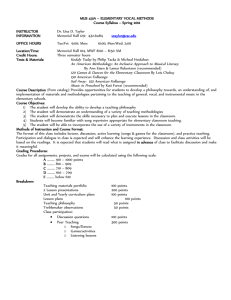GREAT SOCIOLOGISTS HALL OF FAME
advertisement
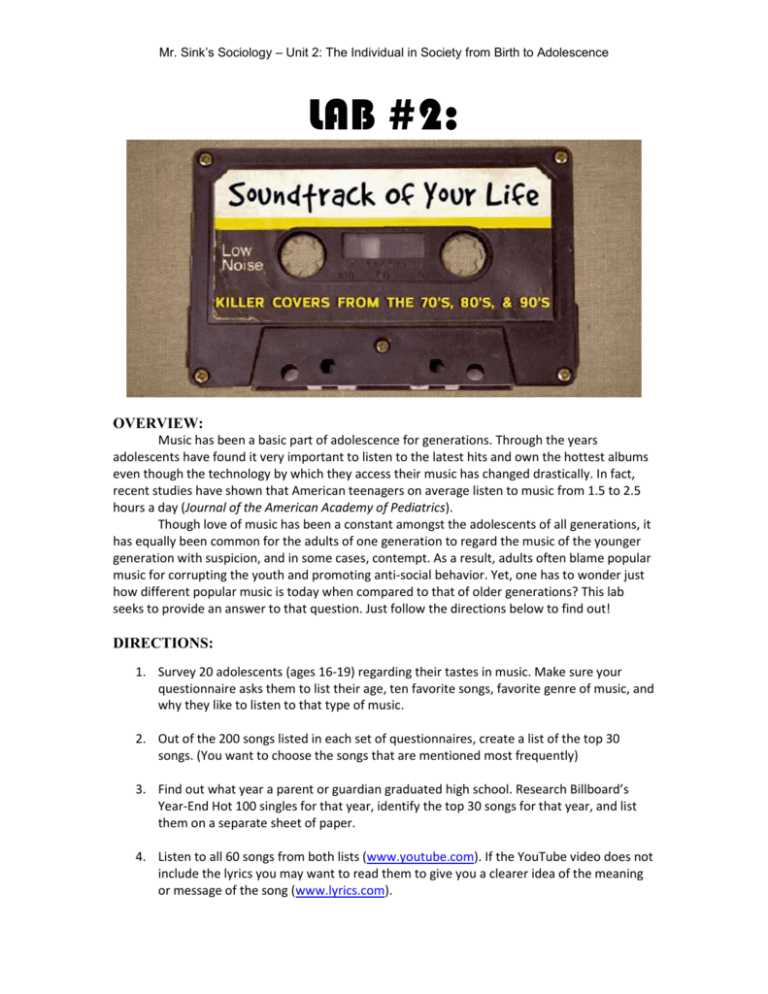
Mr. Sink’s Sociology – Unit 2: The Individual in Society from Birth to Adolescence LAB #2: OVERVIEW: Music has been a basic part of adolescence for generations. Through the years adolescents have found it very important to listen to the latest hits and own the hottest albums even though the technology by which they access their music has changed drastically. In fact, recent studies have shown that American teenagers on average listen to music from 1.5 to 2.5 hours a day (Journal of the American Academy of Pediatrics). Though love of music has been a constant amongst the adolescents of all generations, it has equally been common for the adults of one generation to regard the music of the younger generation with suspicion, and in some cases, contempt. As a result, adults often blame popular music for corrupting the youth and promoting anti-social behavior. Yet, one has to wonder just how different popular music is today when compared to that of older generations? This lab seeks to provide an answer to that question. Just follow the directions below to find out! DIRECTIONS: 1. Survey 20 adolescents (ages 16-19) regarding their tastes in music. Make sure your questionnaire asks them to list their age, ten favorite songs, favorite genre of music, and why they like to listen to that type of music. 2. Out of the 200 songs listed in each set of questionnaires, create a list of the top 30 songs. (You want to choose the songs that are mentioned most frequently) 3. Find out what year a parent or guardian graduated high school. Research Billboard’s Year-End Hot 100 singles for that year, identify the top 30 songs for that year, and list them on a separate sheet of paper. 4. Listen to all 60 songs from both lists (www.youtube.com). If the YouTube video does not include the lyrics you may want to read them to give you a clearer idea of the meaning or message of the song (www.lyrics.com). 5. Analyze all 60 songs. Make sure you create two song analysis charts – one for your generation and one from your parents’ generation. For each song you listen to answer the following questions on a separate sheet of paper… What is the name of the song? What artist performed it? What genre of music does the song represent? (Genres listed in box below) What is the main theme of the song? (Themes listed in box above) SONG THEMES: SONG GENRES: Rock Country Dance/Electronic Hip-Hop/Rap R&B/Soul Pop Reggae Latino Singer-Songwriter (includes Folk) Other Alienation/ social isolation Becoming rich/famous Dealing with loss/death Defiance to authority Desire for independence Drug or alcohol use Handling stress at home or school Having a good time (incl. partying) Love, dating, and relationships Search for one’s identity Sexual activity Violence and/or Crime 6. When you are finished with your research you must use your data to create the following charts and graphs … A BAR GRAPH that compares the themes of the top 30 songs on your generation’s list with the top 30 from your parent’s generation. TWO PIE CHARTS that identify the percentage of songs in your study from each particular genre. One pie chart should be based on the list from your generation, the other from your parents’ generation. A TABLE that compares most popular theme by genre for both your generation and your parents’ generation. 7. Once you have your data, graphs & charts, you must type up your conclusions. Answer the following questions in a short paper. One-page minimum for each answer. (Remember to refer to your data to support your answers!) a) THEMES: Compare the major themes of the songs featured in your study from both today and the past. Are the most popular themes similar or different? What societal factors may explain these similarities or differences? b) GENRES: Did the most popular genres of music change from your parent’s generation to your generation today? What societal factor may explain these similarities or differences? c) STUDY CRITIQUE: Do you think the methods you used to obtain your data in this study yielded reliable data? Why or why not? Use specific examples of methods that you believe were effective and/or ineffective. d) FINAL ANALYSIS: How does the popular music among adolescents today compare with that of your parents’ generation? Is it more similar or different? Do you think that the adolescent music today promotes more negative values and norms in than that of your parents’ generation? Why or why not?



